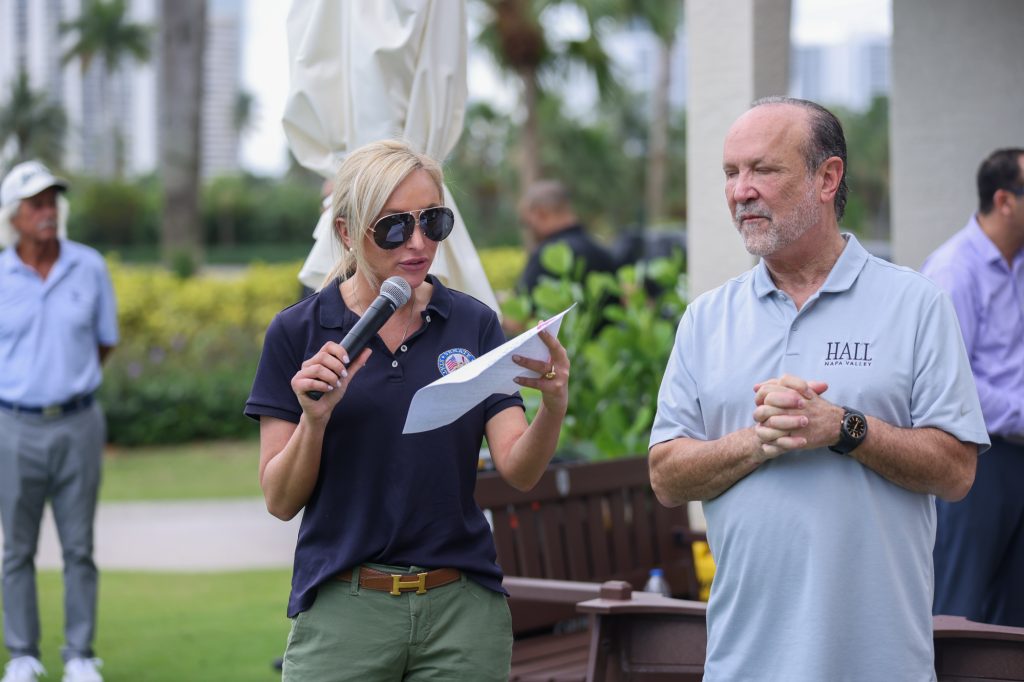The Art of Planning and Executing a Successful Lobby Day


Lobby days are pivotal for individuals and groups to advocate for change directly to policymakers. A well-planned and executed lobby day can create a powerful platform to convey your message, influence decision-makers, and drive meaningful policy outcomes. This article explores the essential strategies and steps to help you mobilize impact and plan a successful lobby day. By employing these strategies, you can maximize your effectiveness and make a lasting impression on the legislative process.
Set Clear and Measurable Goals
Begin by setting clear and measurable goals for your lobby day. What specific policy changes do you seek? How will you measure success? Clearly defining your objectives allows you to focus your efforts and develop a targeted advocacy strategy. Be realistic in your expectations, and ensure your goals align with the timeframe and political landscape. Setting measurable benchmarks will help you assess the impact of your advocacy and refine your approach for future endeavors.
Build a Diverse and Engaged Coalition
Forming a diverse coalition of individuals and organizations strengthens your advocacy efforts. Seek out partners who share your vision and have complementary expertise and networks. A diverse alliance brings a broader range of perspectives and amplifies your collective voice. Foster active engagement within the coalition through regular communication, coordination, and shared decision-making. You can develop a unified message, mobilize resources, and increase your impact on policymakers.
Craft an Impactful Message
Developing a compelling and concise message is crucial to capturing the attention of policymakers. Your notice should be clear, solution-oriented, and resonate with the values and priorities of your target audience. Ground your arguments in evidence, real-life stories, and data to create an emotional connection and bolster your credibility. Tailor your message to different stakeholders and utilize persuasive techniques, such as storytelling and relatable examples. Continuously refine and test your message to ensure it is clear, memorable, and adaptable to different settings and audiences.
Conduct Strategic Research
Thorough research is essential for informed and effective lobbying. Dive deep into the policy landscape, understand the relevant legislation, and identify critical decision-makers who hold influence over your issue. Analyze their voting records, public statements, and affiliations to tailor your approach. Conduct background research on the political climate, public opinion, and potential allies or opponents to anticipate challenges and opportunities. Solid research equips you with the knowledge and insights needed to navigate the complexities of the legislative process and engage with decision-makers in an informed manner.
Mobilize Grassroots Support
Harness the power of grassroots engagement to amplify your lobbying efforts. Mobilize supporters, constituents, and community members passionate about your cause. Develop a comprehensive grassroots strategy, utilizing social media campaigns, petition drives, letter-writing campaigns, and local events to build public support and pressure decision-makers. Provide clear and simple tools for individuals to participate in the advocacy process, such as pre-written emails or phone call scripts. By mobilizing grassroots support, you demonstrate a groundswell of public interest and strengthen your position as an advocate for change.
Conclusion
Planning and executing a successful lobby day requires strategic planning, collaboration, and persuasive communication. You can enhance your advocacy efforts and drive tangible policy outcomes by setting clear goals, building diverse coalitions, crafting impactful messages, conducting strategic research, and mobilizing grassroots support. Remember, a well-executed lobby day can catalyze change and propel your cause forward.
